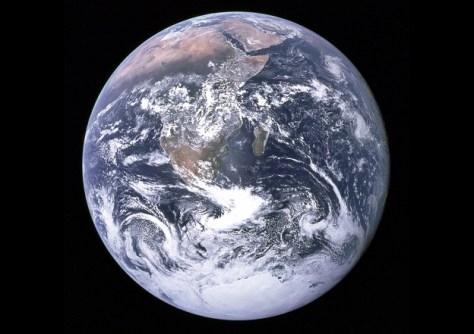
The US National Oceanic and Atmospheric Administration’s (NOAA) Commercial Remote Sensing Regulatory Affairs (CRSRA) office — a division of the Office of Space Commerce — has announced a modification of operating licenses of multiple commercial satellite systems, which previously had been prevented licensees from offering their full remote sensing capabilities to the public.
“This action cuts out significant red tape in private remote sensing systems regulation and keeps with the Department’s commitment to accelerate U.S. leadership in the fast-growing commercial space industry,” said Deputy Secretary of Commerce Don Graves.
In 2020, in response to Space Policy Directive-2 on Streamlining Regulations on the Commercial Use of Space, NOAA implemented streamlined regulations on private remote sensing systems, in accordance with a new oversight philosophy.
The previous approach attempted to control in perpetuity the national security risk each remote sensing system introduced, regardless of the pace of commercial innovation. The new approach focused on the increasing foreign competition in the global remote sensing market and strove to maximise US industry leadership while minimising the imposition of national security conditions.
By ‘tiering’ licensed remote sensing systems based upon comparative data availability and crafting restrictions (conditions) on unique systems to be minimal and temporary, CRSRA shifted more of the burden of protecting national security from licensees to the US government.
Under this new regulatory approach, operating conditions on completely unique capabilities may only be retained for up to three years — giving the government time to develop mitigations. Conditions can only be extended beyond three years if the Secretary of Defense or Secretary of State personally requests and justifies such an extension.
On July 19, 2023, the first set of ‘Tier 3’ conditions — imposed on the US’ most capable commercial remote sensing systems — permanently expired. NOAA modified the licenses of its Tier 3 licensees to remove 39 individual temporary conditions.
Other changes include: a reduction of global imaging restrictions for certain imaging modes to permit imaging and distribution for all but less than 1% of the Earth’s surface; removal of some Non-Earth Imaging & Rapid Revisit conditions; and most notably, a removal of all current X-Band synthetic aperture radar temporary conditions.
A small number of temporary Tier 3 conditions have been retained to protect national security interests and must be re-validated by the Secretary of Defense each year until they are retired.







